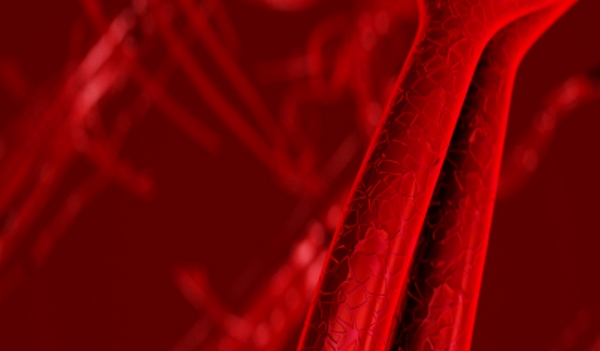Capillaries

The smallest of the blood carrying vessels, they play a very important role.
Tiny vessels that connect the smallest arteries and veins, capillaries are responsible for transporting nutrients and oxygen into the cells, and waste products back out of the cells.
The circulatory system contains vessels of various sizes and functions, each of which works together to efficiently transport essential products around the body.
Capillaries have two key roles:
- Delivering oxygen and nutrients to the cells of the body
- Collecting carbon dioxide and other waste products from the cells
How do they work so well?
They are able to do this because of their structure they have very thin walls composed of endothelium (a single layer of overlapping flat cells), which allow oxygen, carbon dioxide, nutrients and wastes to pass through them.
Indeed, these walls are so thin (5-10 microns in diameter) that red blood cells can only travel through them in single file!
This flow is controlled by structures called precapillary sphincters. These structures contain muscle fibres that allow them to open and close. When they are open, blood flows freely to the body tissue. However, when they are closed, blood cannot flow through to the tissue.




